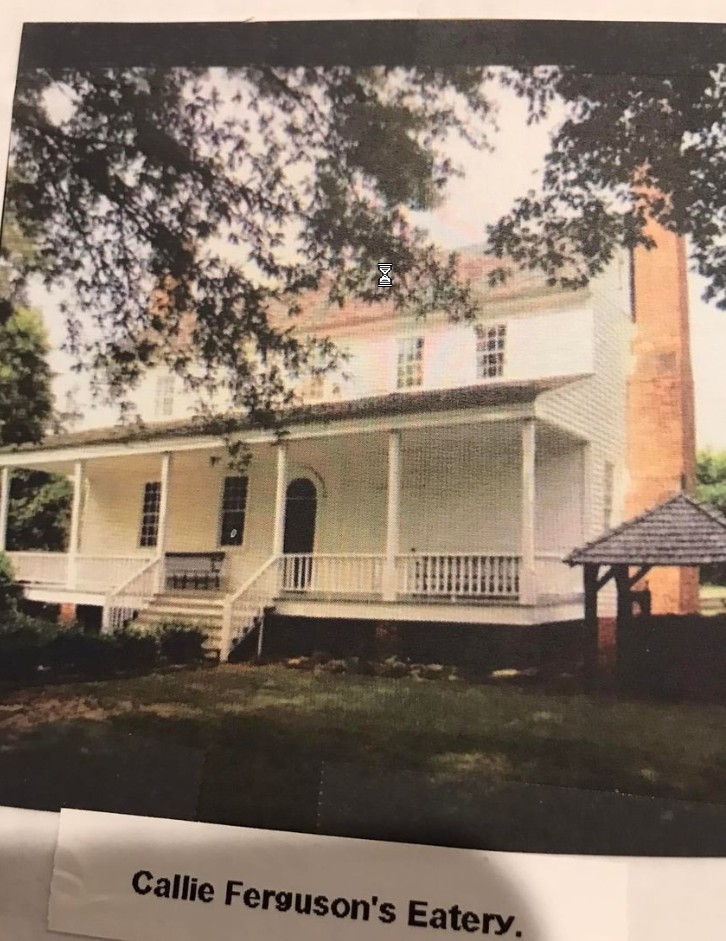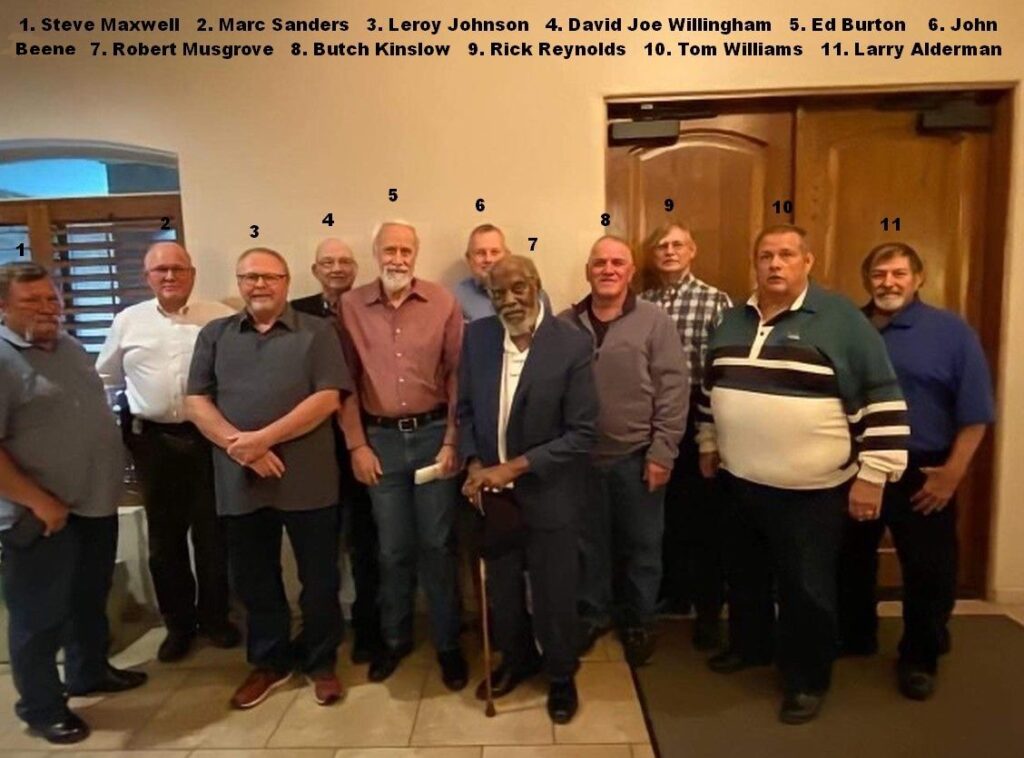This week’s newsletter will be another short one. My new website is still under construction, but coming along nicely. Most of the actual webpage have been converted to the new WordPress format. Now to copy over 20,000 photos from the old website, and paste them into the new one, within their respective Folders. So bear with us, we are getting there. https://oklahomahistory.net
A Glimpse Into The Past
Although it was not until the second decade of the 20th century that Carter county’s hidden wells was tapped, for many years previously Native Americans had utilized the region’s natural oil seeps. During the consistent migrations, numerous bands of Plains Indians paused at the area springs to collect the smelly, black ooze for use as medicine on both themselves and animals. In many instances the seeps were so large that the Indians simply scooped it from the water surface. Should the flow be less plentiful, the oil often was collected from a small, shallow depressions around the springs made by buffalo hoofs. During the Indian removals of 1830s, the Chickasaws were resettled in what would become Carter county. They also made use of the oil seeps. By the 1840s, A.M. Upshaw, the Chickasaw agent, was reporting that the medicine springs were a great attraction to the Indians. His successor, A.J. Smith, describe the well-known oil seeps near the Wichita mountains in the western part of the Chickasaw Nation, as being used by the Indians as a remedy for all chronic diseases. In fact the agent concluded the crude from the seeps cures anything. On the Maytubby farm in the Chickasaw Nation in present day Bryan county, to the southeast of Carter county, the oil springs were so well known that the area became a medicinal bathing resort for the Chickasaws, Choctaws, and non-Indians from surrounding states Boyd Springs, on Oil Creek along the edge of the Arbuckle Mountains northeast of Ardmore, was another well-known natural phenomenon. A much used campsite, the Indians often gathered around a natural seep and forced a tube or gun barrel into the ground to tap the escaping natural gas. As the gas spewed out of the end of the barrel it was set fire to provide illumination. In the 1850s Thomas Boyd and Judge Overton Love built the Love and Boyd springs resort hotel near Hickory Creek southeast of Ardmore. Both Indians and whites flocked to the resort for treatment in the oil springs, which were conveniently located next to the hotel. Although forced to close during the civil war, after the conflict Boyd re-established the facility near the old Indian campground on Oil Creek, along the stagecoach route between Boggy Depot on the east and Fort Arbuckle and Fort Sill to the west. During this period it was not uncommon for individuals digging water wells to strike oil instead. Often the resourceful owner took advantage of his good fortune. In one instance near present-day Ada in the northeastern corner of the Chickasaw Nation an Indian who found oil instead of water bottle the crude and sold it as a lubricant to nearby farmers.
-Ragtown Hewitt Healdton oil field book, Oklahoma Heritage Association 1986

Callie Ferguson’s Eatery by James Clark
CALLIE FERGUSON’S IN HUGO, OKLAHOMA – A WONDERFUL PLACE TO EAT:
When I was 12, working as a DJ at KXII-AM 1340 in Hugo, I heard about a widow named Callie Ferguson, who had opened an eatery for lunch in her home.
Her husband had died 3-4 years before and left her with only a meager sum of savings.
So, desperate to earn a living, the 50-year old Callie realized that she had only one attribute: She could cook and was a great chef. She opened an eatery in her home called Callie Ferguson’s. It was open only for lunch and one could eat all you wanted for $1.50.
The menu was the same every day, 6 days a week: Fried chicken, pork cutlets, homemade biscuits with butter and honey, fresh green beans, corn on the cob, mashed potatoes, and cream gravy.
For dessert: Home baked chocolate cake and cherry or peach cobbler.
It was an amazing success and when Callie raised her lunch price to $2.50, the line of those waiting to eat stretched across the lawn.
Callie operated her eatery for 10 years and she suddenly died of a heart attack.
The eatery closed because no one could compete with the widow who knew how to cook with aplomb.
I saved a photo of Callie’s eatery (see above).
Fond memories for a 12-year old.
I still miss those wonderful lunches at Callie Ferguson’s. -James Clark, Ardmore
I received a photo this week of some of Ardmore Police Department retirees. The photo was take last Sunday at Capt. Larry Cavner’s funeral. They may be older nowadays, but still Ardmore’s Finest.

Doyle Williams was born in Ardmore but for most of his adult life he’s lived in Ft Worth, Texas. many of you will remember it Doyle who happened to have a movie camera back in 1964 (must have been rich lol) when the 5th Avenue viaduct in Ardmore caught fire and he captured the fire on tape. When I saw the fire he quickly went to the old Gibson Discount Store at North Washington and 12th and grabbed a roll of color film. Anyway, Doyle has put that video and others on his Google video site. The link below will take you to all of Doyle’s videos.
https://www.youtube.com/user/dwwilli
I am not very good with patience. Just asked anyone who knew me many years ago. But in these later years, I have learned to be patient, but still be tested with all this new website conversion stuff.
Patience is not the ability to wait, but the ability to keep a good attitude while waiting.
See everyone next week!
Butch and Jill Bridges
“Friends Make Life Worth Living”
Ardmore, Oklahoma
